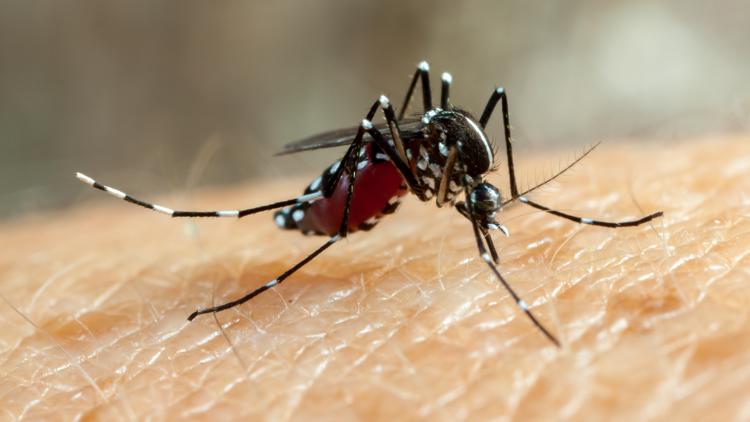PORTLAND, Ore. — A mosquito species, Aedes aegypti, has been found in Oregon for the first time.
Health officials said the mosquito is a concern in the U.S., as it can carry and transmit diseases that can have serious health consequences such as Zika virus, chikungunya, dengue and yellow fever.
However, officials warn that the risk of infection is low and "depends on the presence or arrival of someone who is currently infected with one of these diseases after infection outside the U.S."
There has been no reports of anyone becoming infected from the Aedes aegypti mosquito within Oregon, officials said.
The species was first spotted in Oregon from routine mosquito surveillance in Jackson County where different mosquito populations are monitored and tested for diseases.
Officials said the mosquito likely got to Oregon from global trade and shipping activity. The Aedes aegypti can only fly about 500 feet and prefer warm and wet weather near homes in or around the woods. They most likely originated in Africa. It's relatively small with a black-and-white pattern from silver scale patches on its legs and body.
“Jackson County Vector Control and Jackson County Public Health are working closely with OHA (Oregon Health Authority) and vector-borne disease specialists regarding control of these mosquitoes and risk-reduction approaches,” said John Mahan, chief medical officer of Jackson County Health & Human Services.
Officials suggest that a change in climate allowed the Aedes aegypti to expand their range to the western United States.
A key to preventing the mosquitoes from becoming established in Jackson County is through eliminating standing water, even in small amounts. This species only needs a quarter inch of water to breed, according to health experts.
Common mosquito breeding sources include flowerpot saucers, tires, kiddie pools, rooted plants in water, containers and buckets and pet water bowls.
“Tracking and monitoring the types of mosquitoes that exist in Oregon communities is critical," said Emilio DeBess, state public health veterinarian at OHA. "This, in turn, helps us identify potential public health implications and implement measures to reduce risk.”



